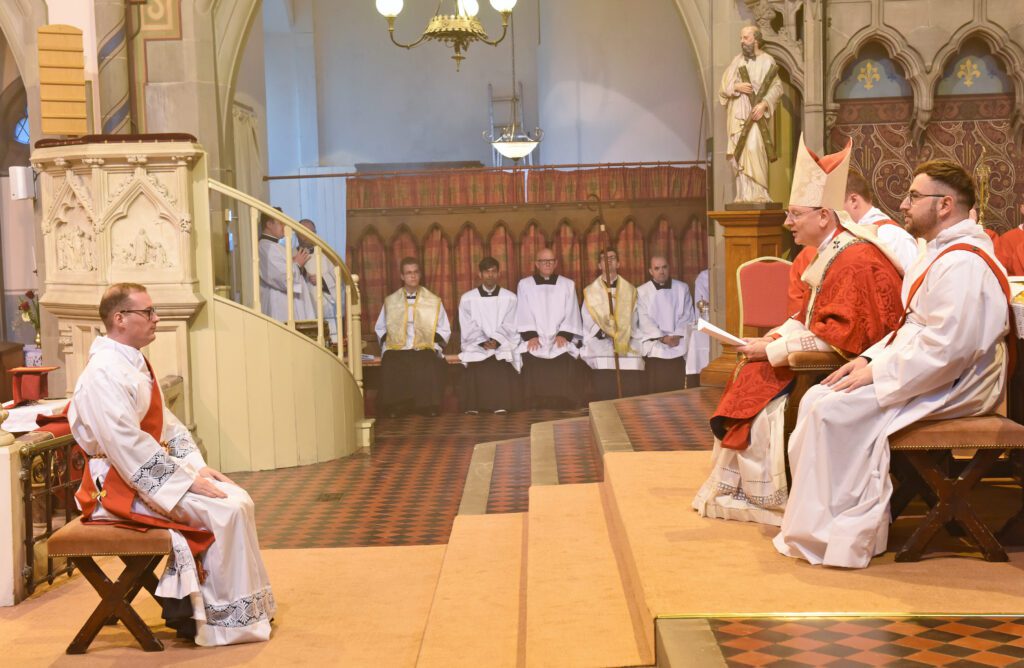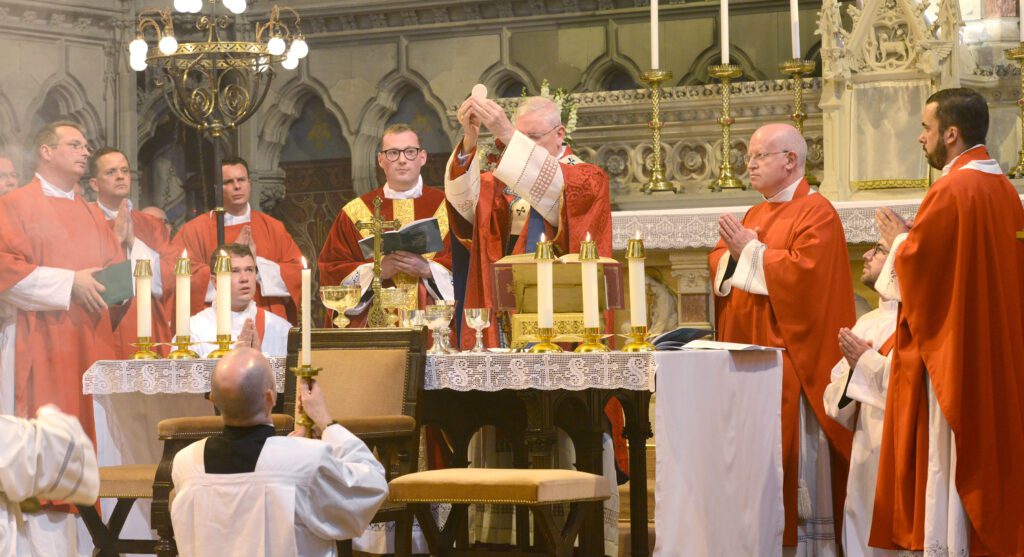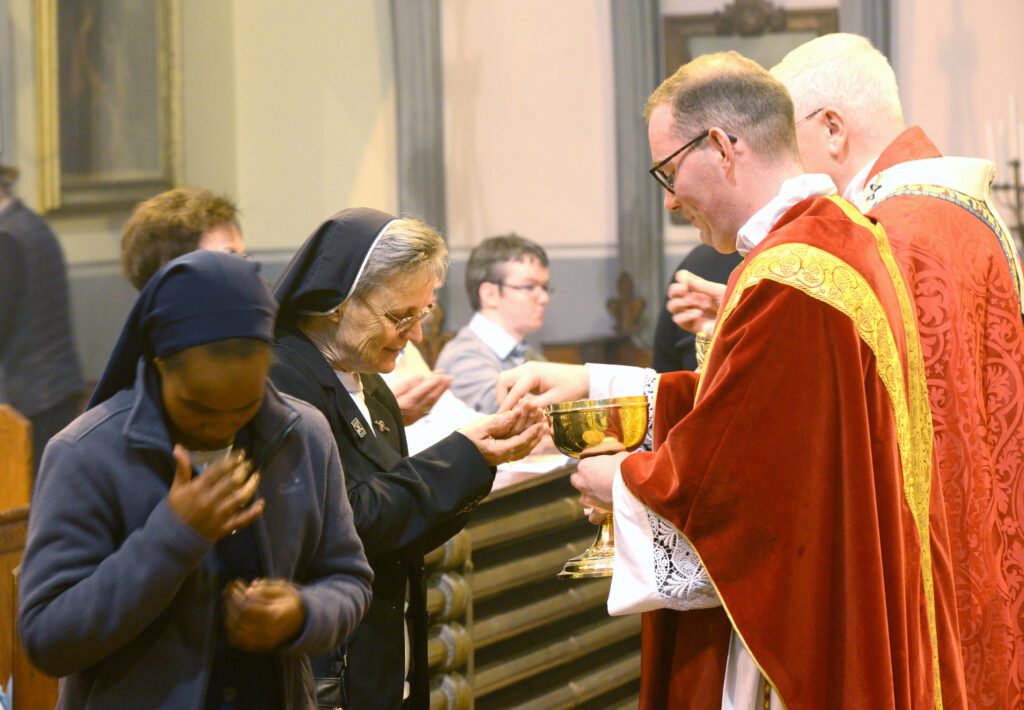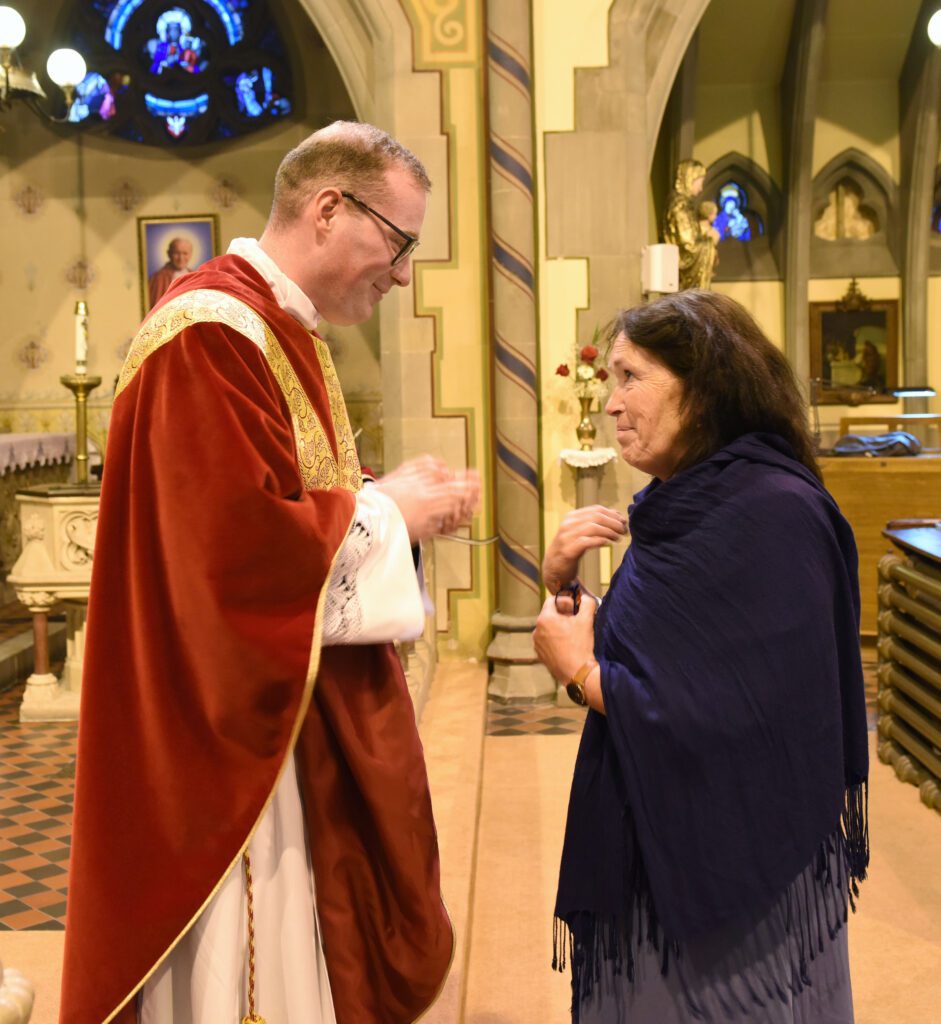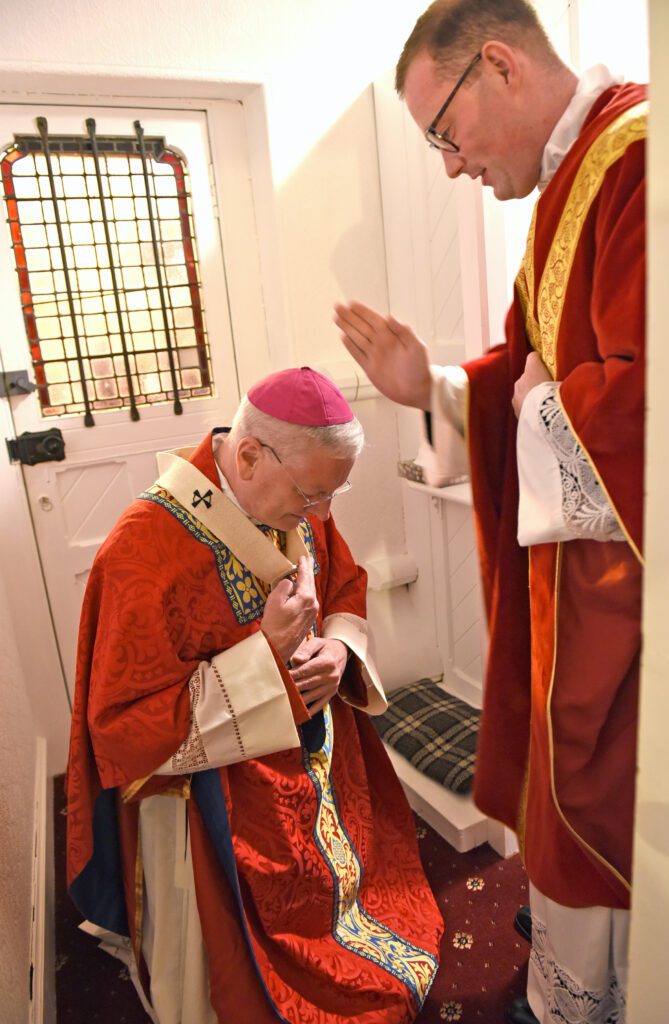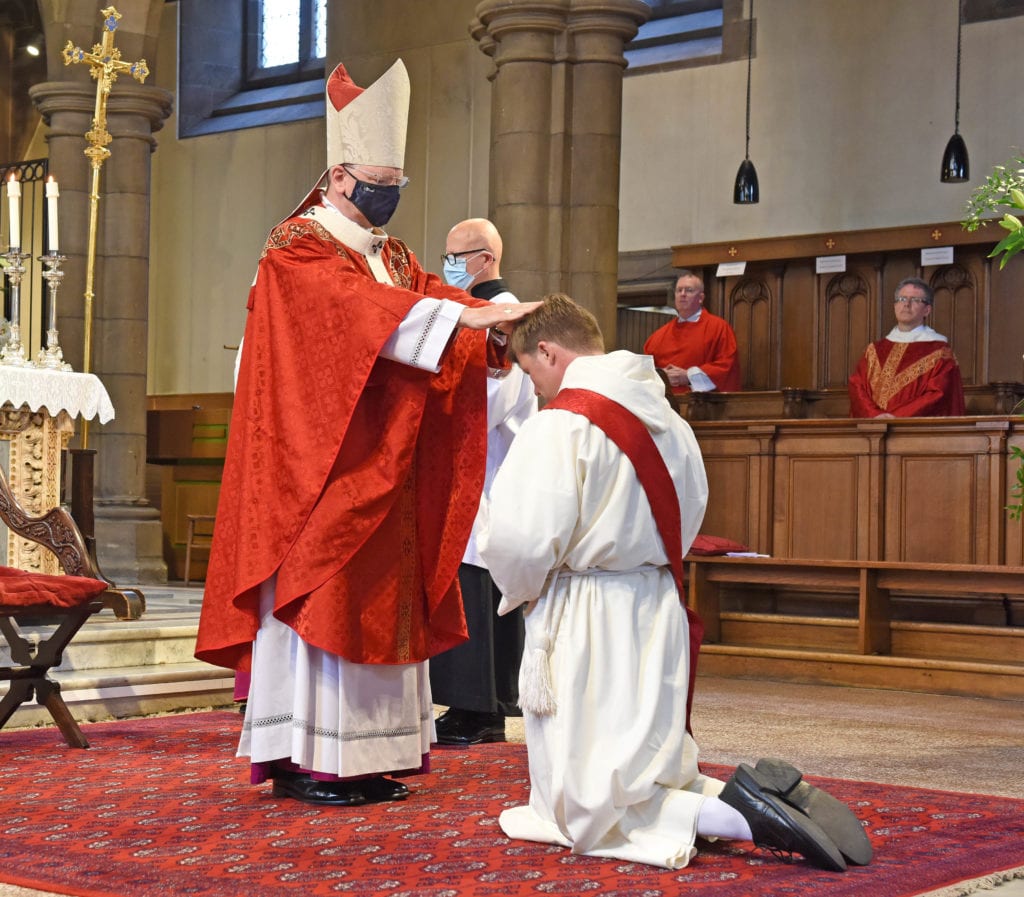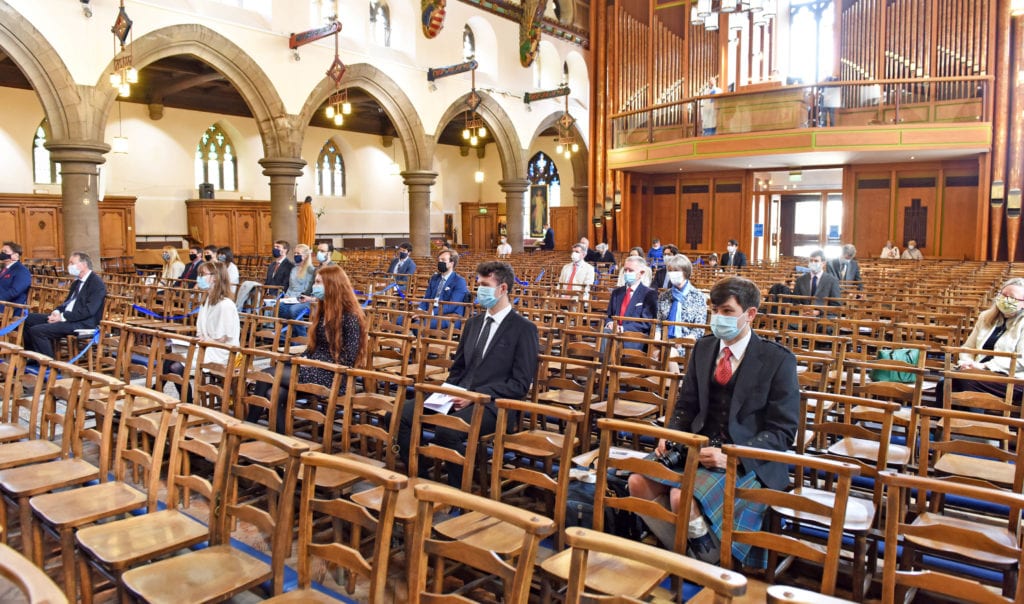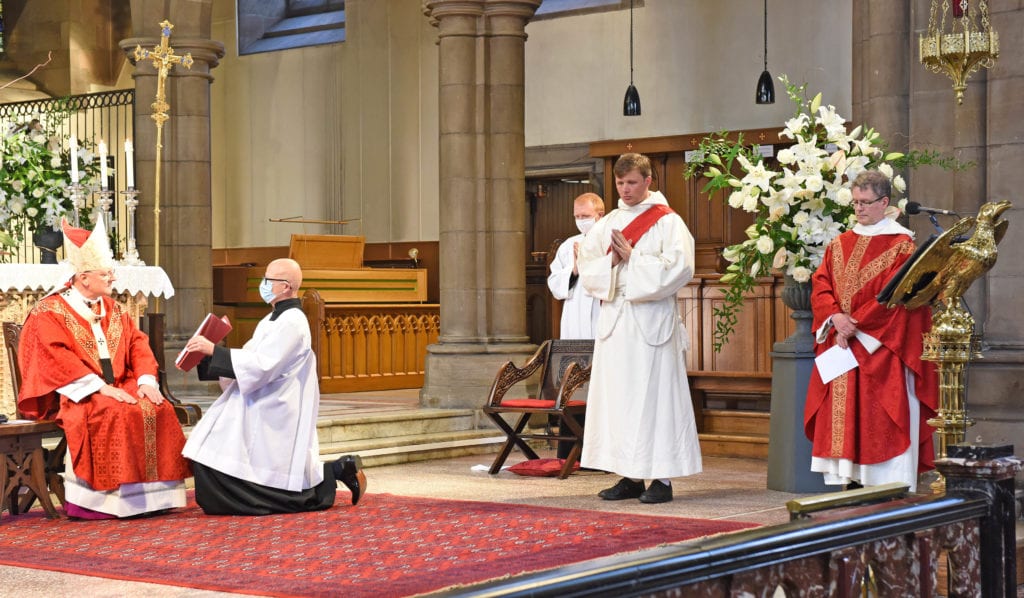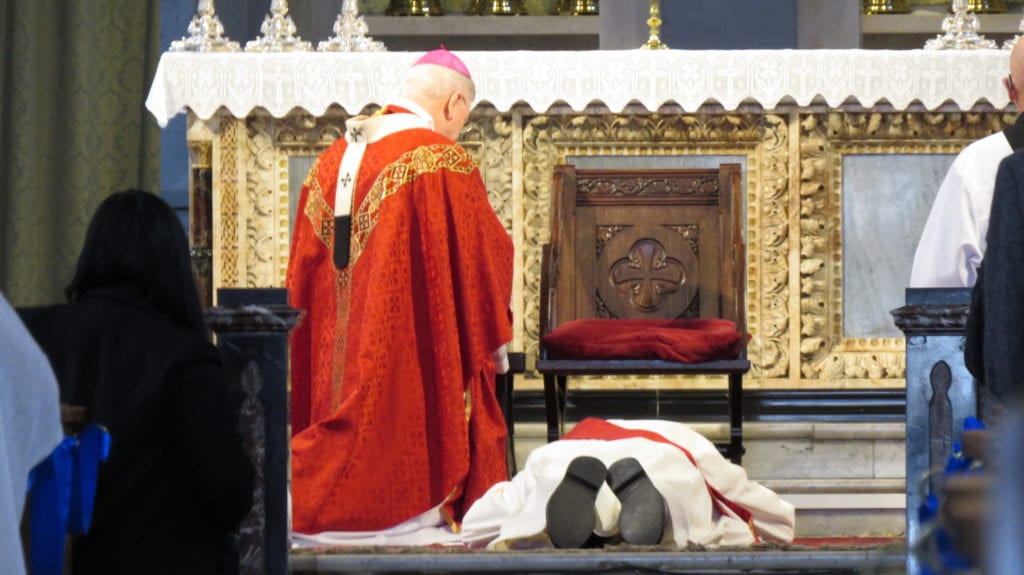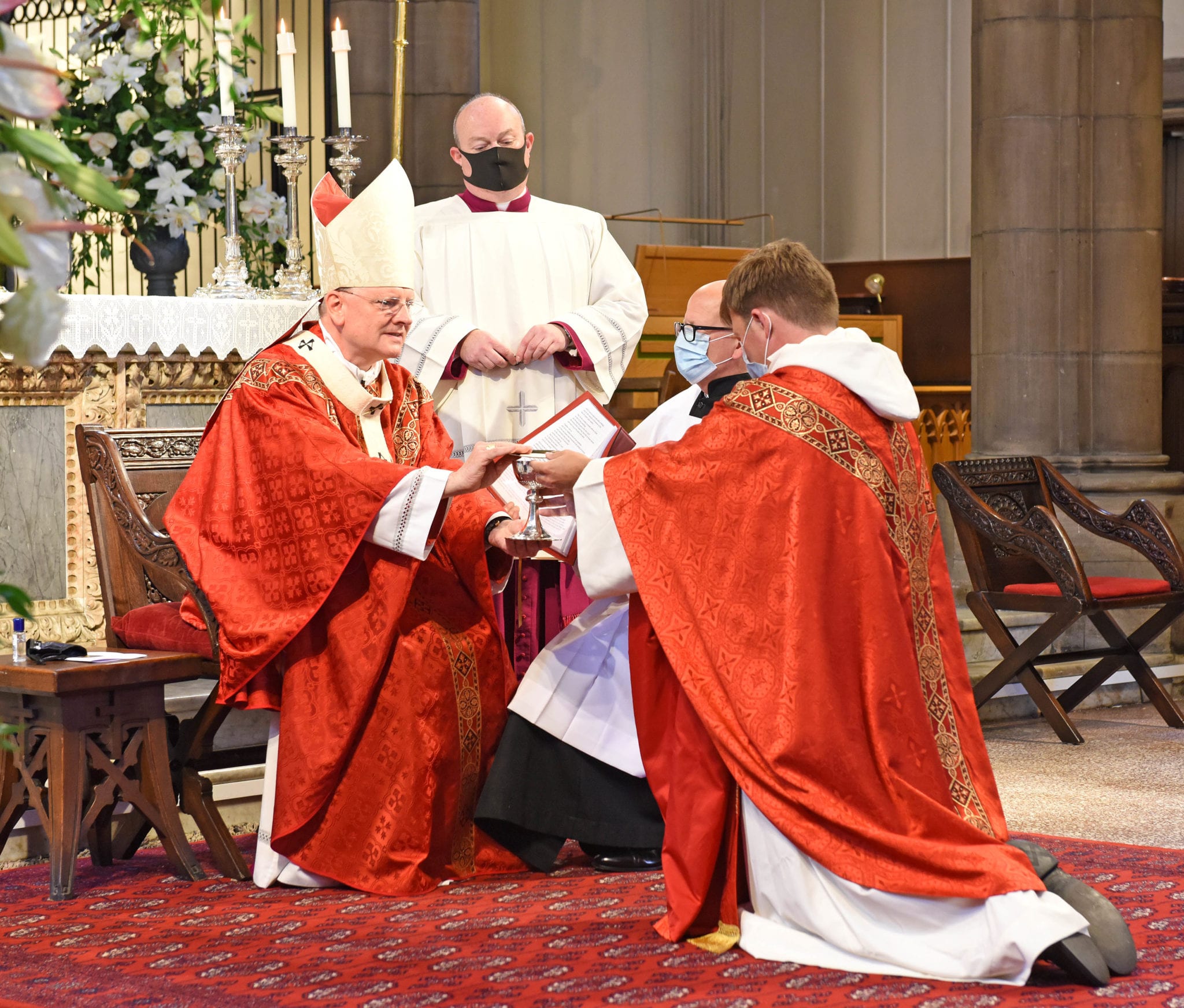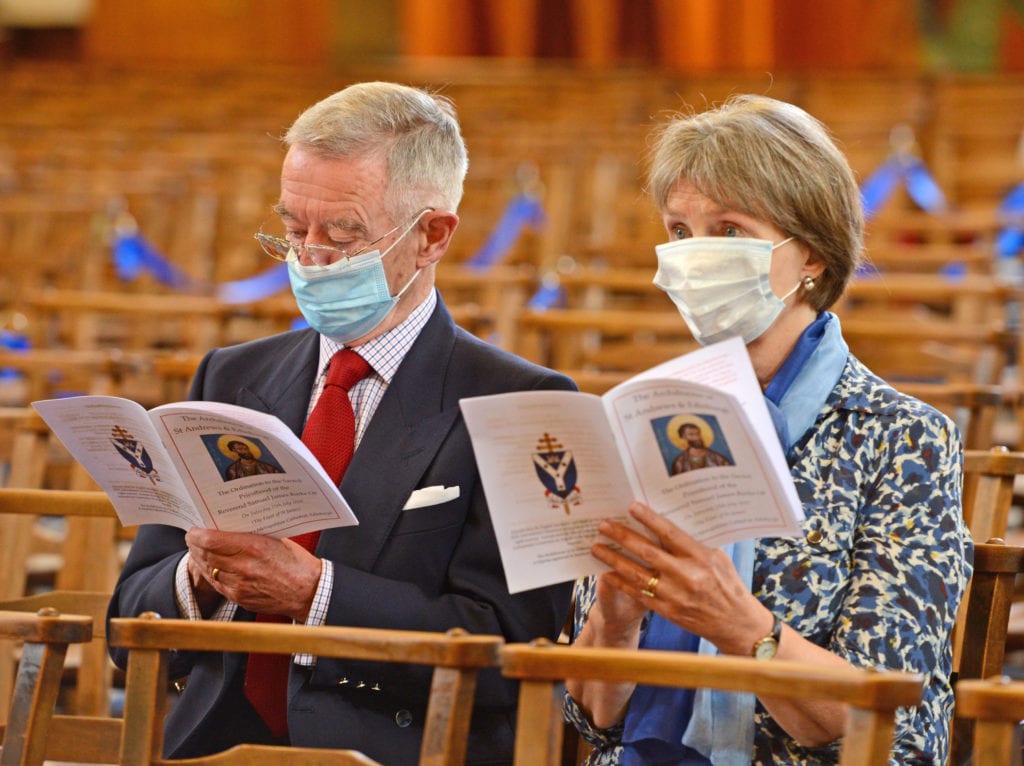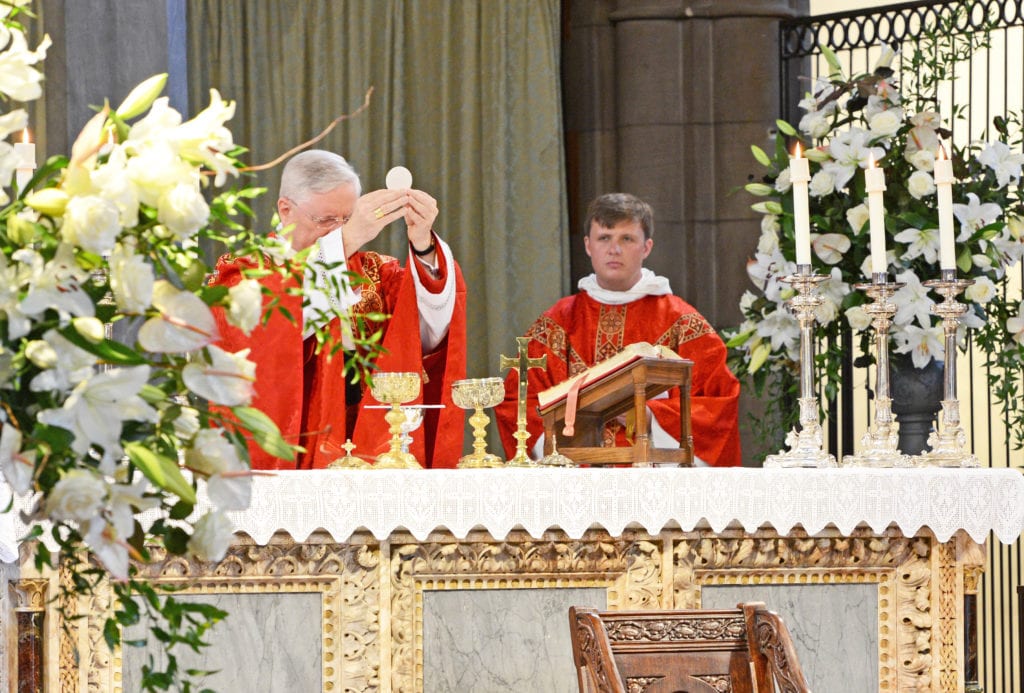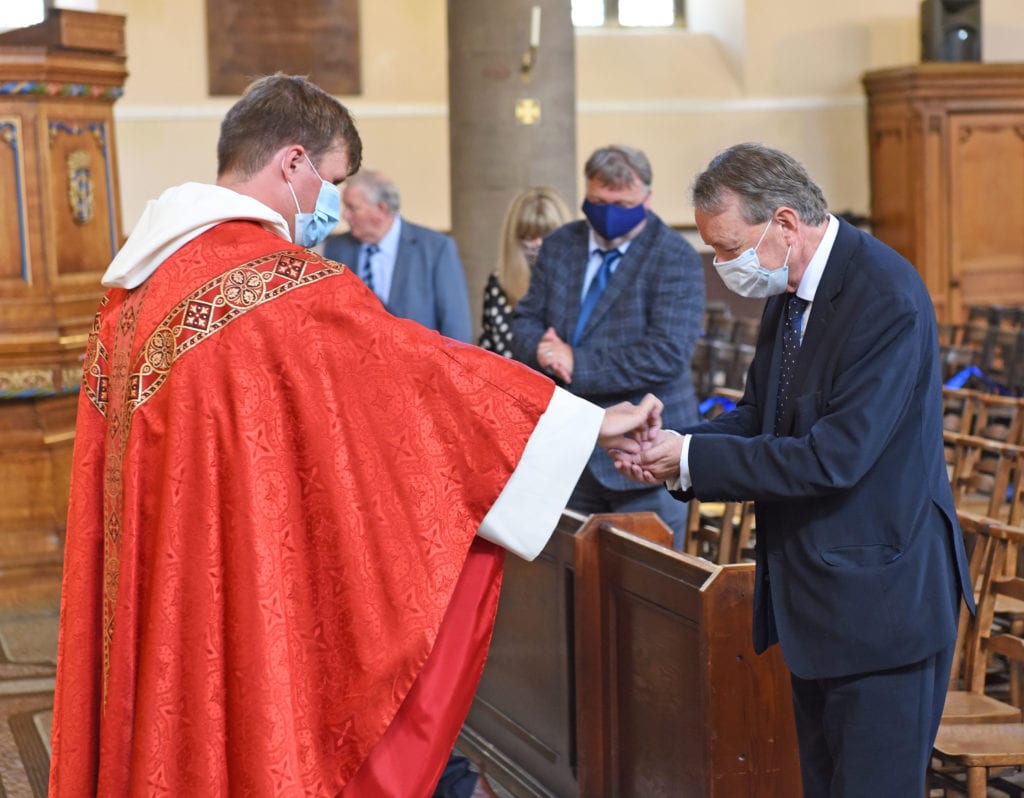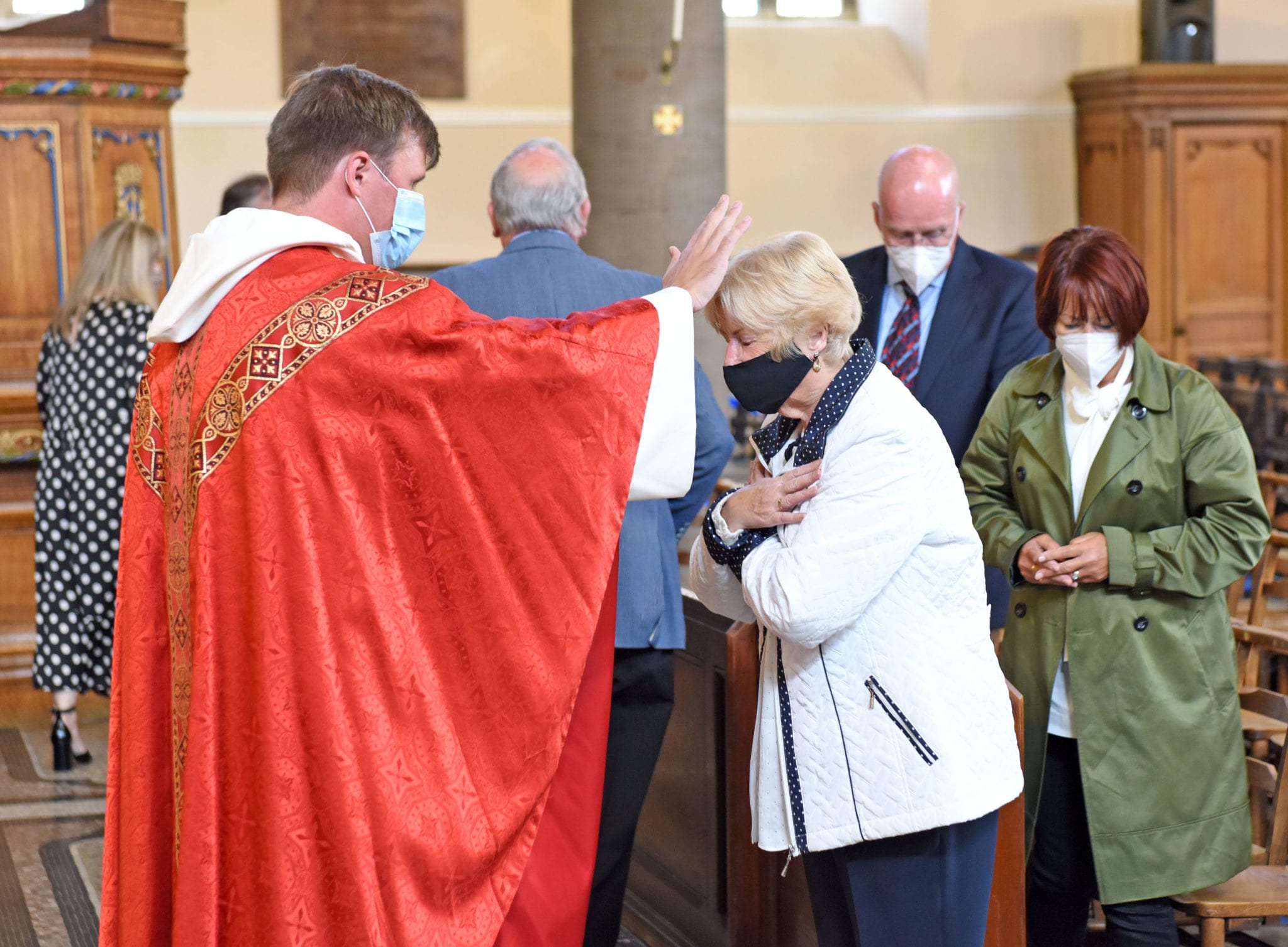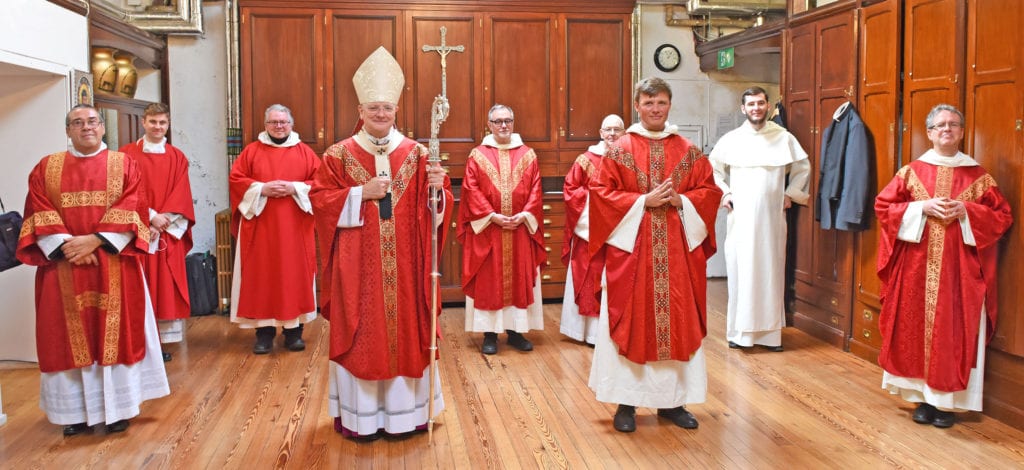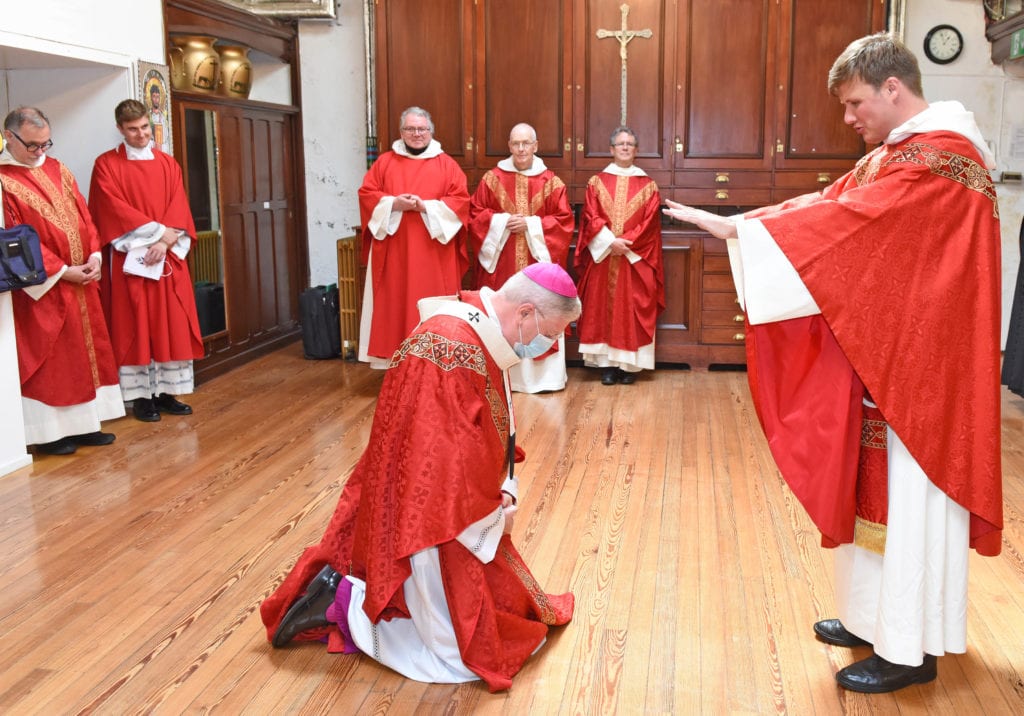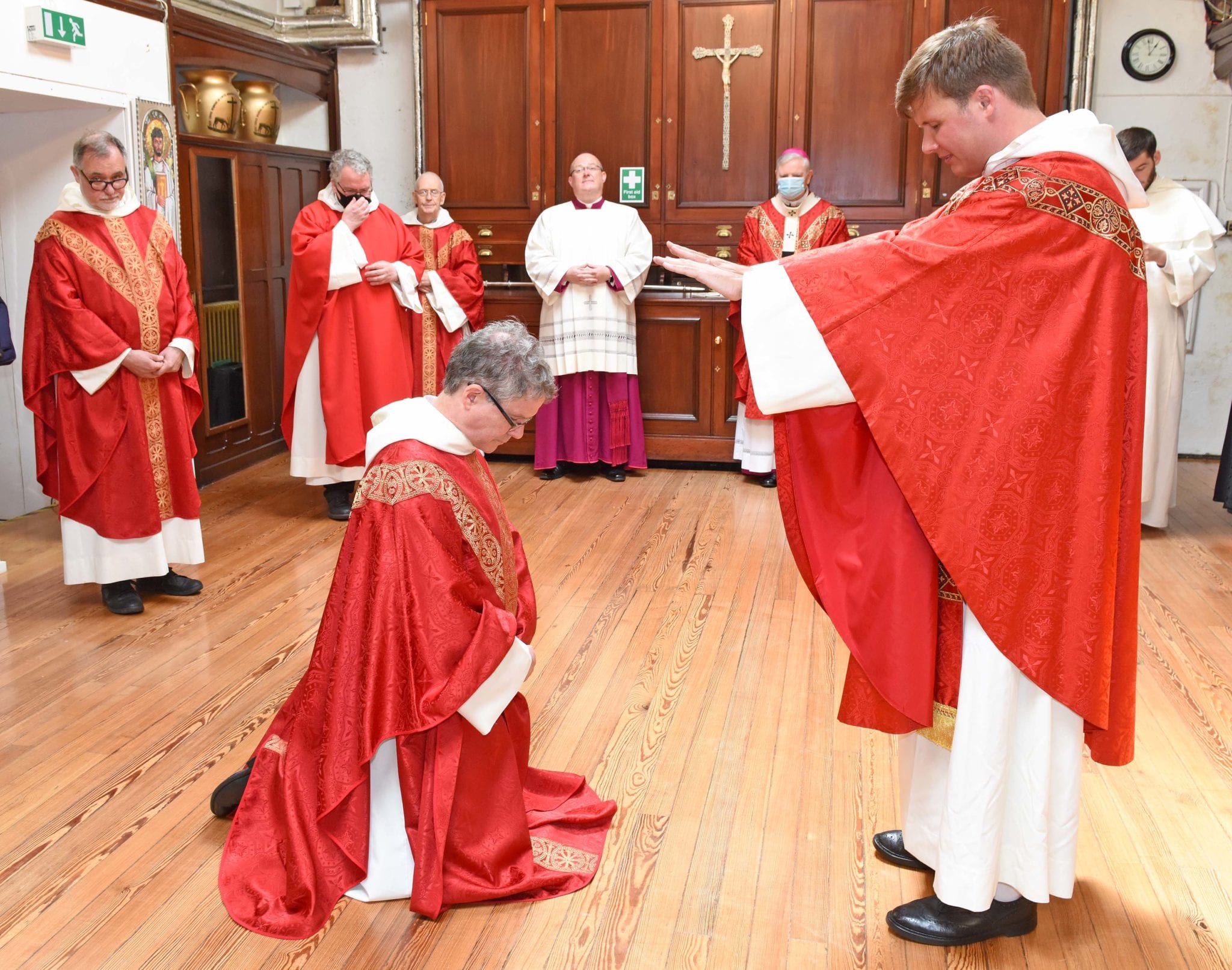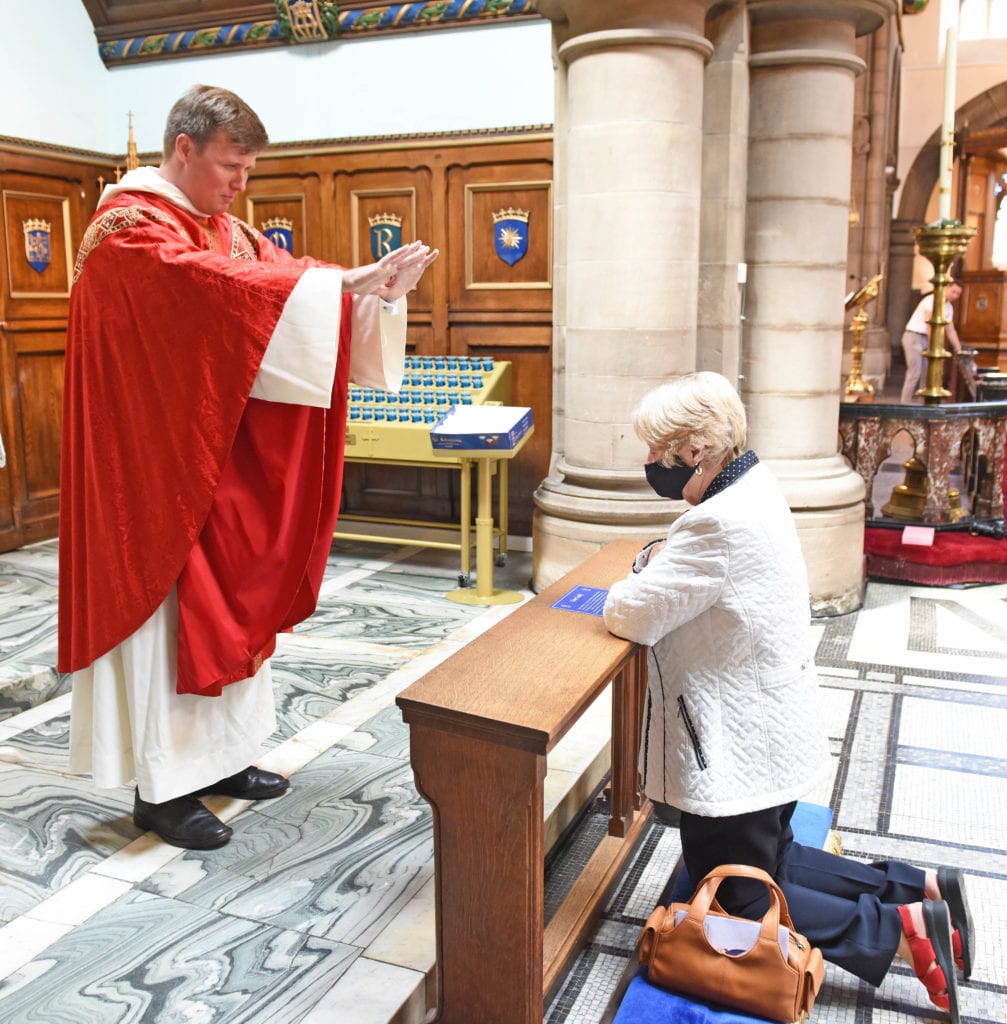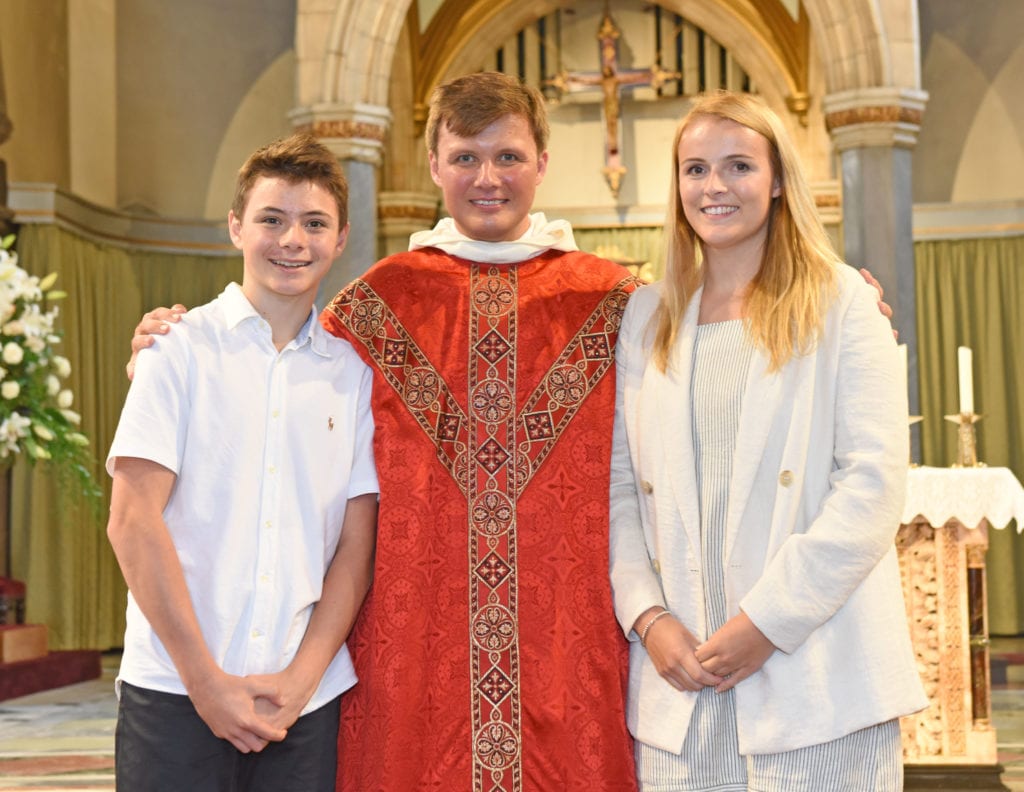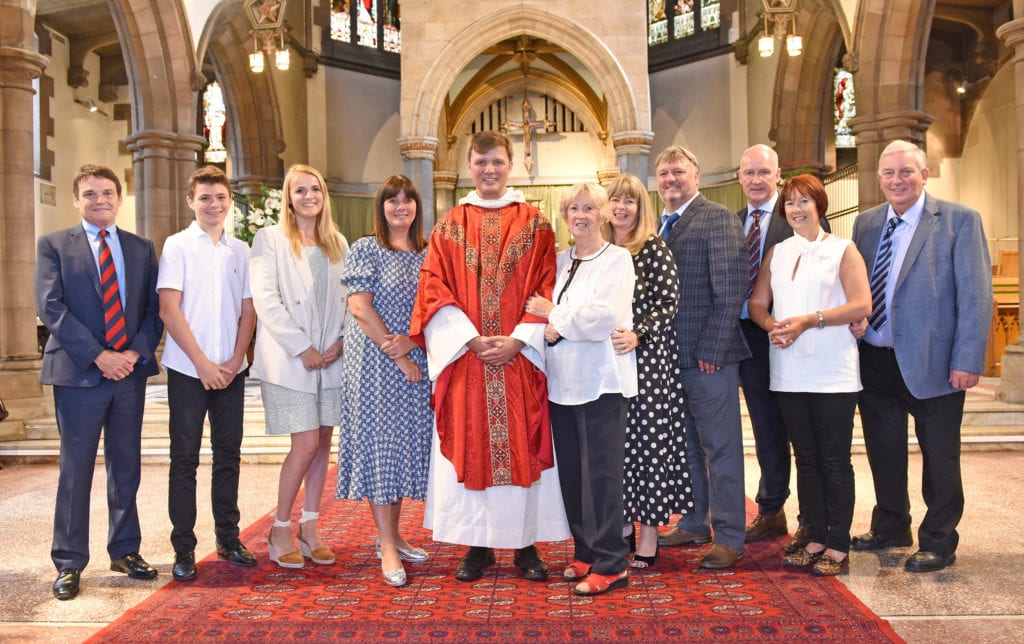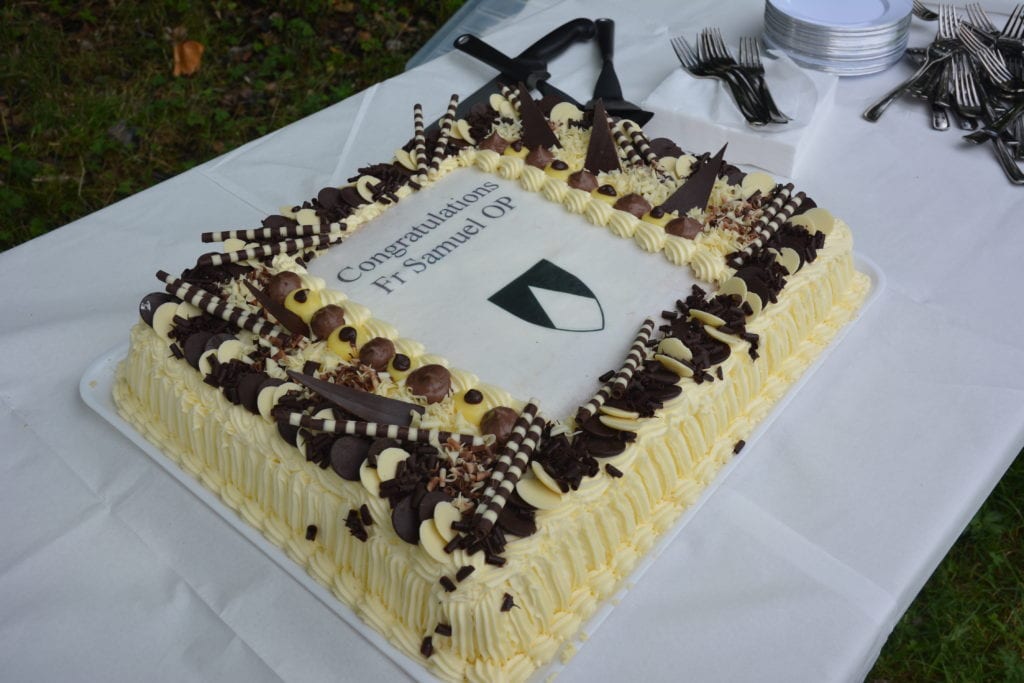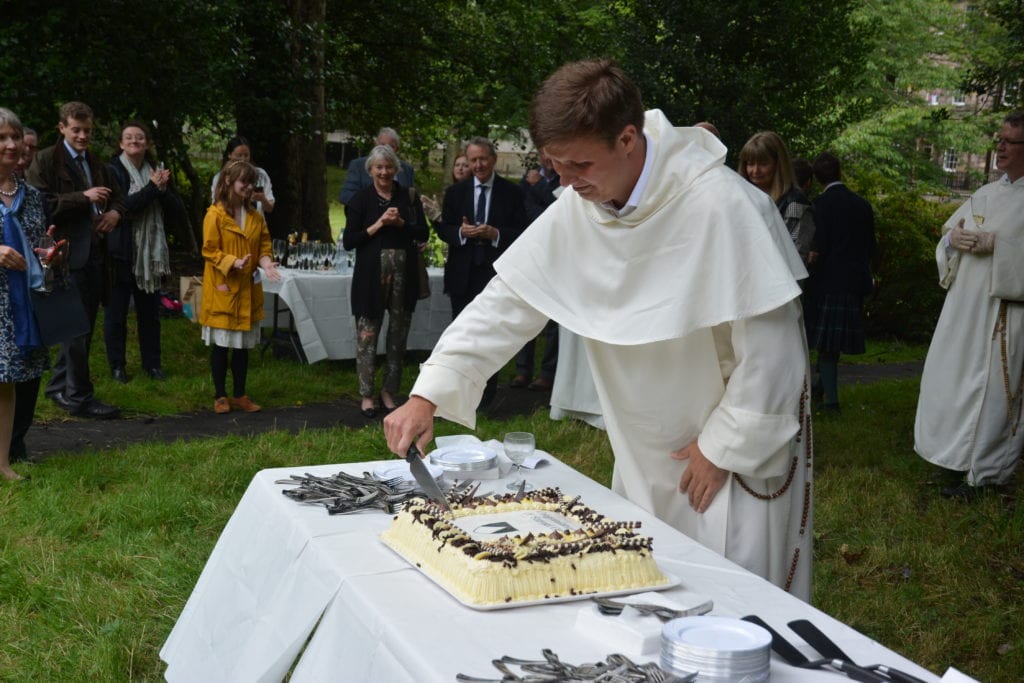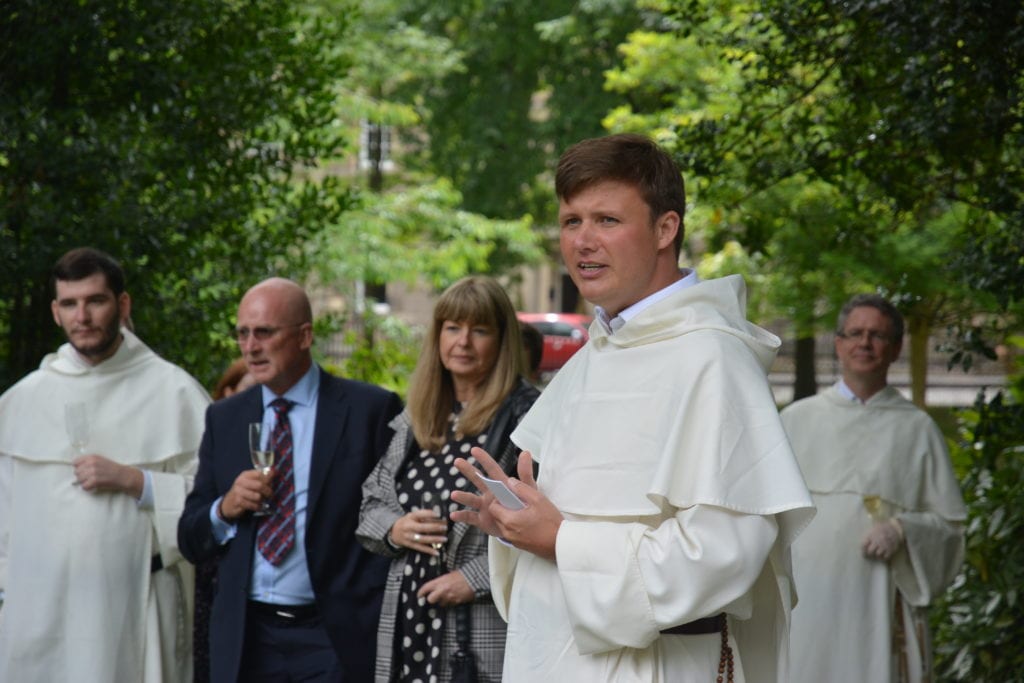Mike Hennessy is conducting research with friends about Canon Edward Joseph Hannan, who was instrumental to the founding of Hibernian Football Club. Here he tells the fascinating story about the life of the Catholic priest. A Mass was held at St Patrick's in the Cowgate, Edinburgh, in June 2021 to mark the 130th anniversary of Canon Hannan's death and there are thoughts that it will become an annual event.
Early Days
Edward Joseph Hannan was the second of eleven children born to John and Johanna Hannan (nee Sheehy) on a farm in Ballygrennan townland, Ballingarry, Limerick, not far from St Patrick’s well. The area is known locally as The Glen. His gravestone gives his date of birth as 21 June 1836. The paucity of records from the period have made it difficult to track his early years, though a group of five veteran Hibernian supporters have undertaken the task.
Seminary
What is known is that he attended St Munchin's junior seminary in Limerick when it reopened in 1853 after being closed for nearly three decades and spent a maximum of two years there before moving to All Hallows in Drumcondra, Dublin, to complete his studies for the priesthood.
All Hallows was the training ground for missionary priests who followed the Irish diaspora to all corners of the earth where Irish communities had exploded in the aftermath of The Famine. The brother of Edward Hallinan, from Fort William near Ballingarry, who would marry one of Hannan’s sisters, had left All Hallows after his ordination bound for the west coast of Scotland and the parish of Saltcoats in 1853.
Scotland
Though the precise sequence of events is not clear, it is likely that the young aspiring priest was introduced or as at minimum recommended by Fr William Hallinan to Bishop Gillis of the Eastern District of Scotland who had begun to fund the education of priests at All Hallows given the lack of native Scottish priests and their inability to converse in Gaelic. All Hallows’ records show Hannan in 1855 as already being destined for Scotland, and Gillis is known to have been in Dublin in the September of that year.
Upon his ordination in 1860, he was allowed to remain briefly at All Hallows as a director but was called to Edinburgh by Bishop Gillis in August 1861 due to the illness of several of his local priests.
Edinburgh
After a short stint at what is now St Mary’s Cathedral, he transferred to St Patrick’s church in the Cowgate, known locally as “Little Ireland”, the insanitary and disease-ridden slum area which housed the Edinburgh Irish Community. Most unusually, he was to stay there for thirty years, becoming the priest in charge in 1869.
The poverty and overcrowding he encountered amongst his parishioners in the aging city tenements must have shocked him despite his no doubt having witnessed a similar situation in Dublin which at the time was on its way to becoming the slum capital of Europe. He would also have been briefed by fellow All Hallows student, Edinburgh born Wm Corbett, who would subsequently join him at St Pat’s. When the Irish immigrants fled their homeland, those with any money paid their passages to the likes of the USA and Australia, whilst those with little could afford only the short journey to England or Scotland.
Catholic Young Men’s Society
Fortunately, the censuses of 1871 and 1881 capture Hannan’s whereabouts and record that he remained living in the community for the full thirty years.
The priests’ house adjacent to the church in which the priests still live today was built on his instruction; and it was there that he was joined for two short periods by his younger brother Joseph, who was ordained in 1879.
His interest in the poor and their education ( he joined the Edinburgh City Parochial Board in 1877 and the Edinburgh School Board in 1885) and in building bridges with the majority Protestant community in Edinburgh meant he played an important part in the civic life of the city. Within four years of his arrival, in order to provide his young male parishioners with a focus other than drinking, thieving and other iniquitous pursuits, he opened a branch of the Catholic Young Men’s Society (CYMS), the organisation founded in 1849 by Dean Richard O’Brien, another priest with strong Limerick links, who attended the opening ceremony.
O’Brien was not an uncle in the biological sense, as was once believed, given that Sheehy was Hannan’s mother’s name, but he may well have been a close friend of the family; a virtual uncle.
Hibernian
The Scottish Football Association was founded in 1873, a sign of growing interest in the game. One of Fr Hannan’s parishioners, twenty-one-year-old Roscommon born Michael Whelahan, suggested that a team be formed to promote the physical well being of St Pat’s parishioners; players had to be practising Catholics, tee total and members of the CYMS.
On August 6th, 1875, the centenary of the birth of Daniel O’Connell, Hibernian FC was founded in St Mary’s Street Halls ( aka The Catholic Institute ), with “Erin Go Bragh” as its motto, Fr Hannan as its president and Michael Whelahan its first captain. One of Hibs’ all-time greatest players, Pat Stanton, current honorary president of the Hibernian Historical Trust, is a direct descendent of Whelahan.
Growth
Despite the esteem with which Fr Hannan was held among the burghers of Edinburgh, as typified by the Lord Provost being prepared, in 1869, to lay the foundation stone of the Catholic Institute, the team struggled to gain acceptance from the predominantly Protestant establishment, but it did succeed in joining the Edinburgh Football Association in 1876 and the Scottish Football Association shortly afterwards, finding a permanent home at Hibernian Park, at the top end of Easter Road in 1880, and indeed in winning the Scottish cup in 1887.
Amazingly, the team followed its cup victory by beating the high-flying Preston North End 2-1 a few months later in what was billed at the time as the Championship of the World. To put it in context, Preston went on to wallop Glasgow Rangers the following week 8-1 at Ibrox. Mind you, most of the world had not yet been introduced to association football! But you can only play what is put in front of you.
Fundraising
The team became the major source of the CYMS’s charitable donations, and if you read any of the books written about Hibs, it feels as if every week they were asked to play a friendly game in the name of some charitable cause; and they agreed to. If a game attracted four-thousand fans, which was not uncommon, paying sixpence each on the gate, typical takings were of the order of £100 (roughly £12,500 in today’s money). Fr Hannan continued in his role as honorary life president until he his death in 1891.
He was clearly thought well of by the Catholic Church. One newspaper cutting from 1877 tells of him leaving Edinburgh for Rome on the occasion of the Papal Jubilee with over £2000 (£250k) in donations from the congregations of several of the Scottish Dioceses. Shortly after his own jubilee, in 1885, he was elevated to the position of Canon within the newly formed diocese of St Andrews and Edinburgh.
One of the coincidences from the time is that James Connolly must have been one of his parishioners for the first fourteen years of his life; and possibly a further two once he had returned from his army service. Fr Hannan’s fellow curate Corbett baptised him in 1868. The legend has it that a 7 year old Connolly was present when Hibernian was founded and that he carried the kit for the team, though the practicalities would have made both events questionable.
Crises
As Fr Hannan approached his 52nd birthday, he could not have foreseen the series of crises which would befall him and his children, the CYMS and Hibernian.
In the summer of 1888, Glasgow Celtic, newly formed with the help of charitable donations from Hibs to its founder Brother Walfrid, was hijacked by second generation Irish businessman John Glass who could see the potential to make money from football; Celtic offered financial inducements to more than half the Hibs team, at a time when paying footballers was outlawed, and rocked the very foundations of the club.
At a talk at Parkhead given by Jim Craig on the 50th Anniversary of the Lisbon Lions great success, he admitted in my presence that a shameful part of Celtic’s history, that is not publicised for obvious reasons, was the way they poached more than half of the Hibs team and a couple more from Renton in 1888; and sent both those clubs to the brink.
Further turmoil
If that was not enough, Fr Hannan was caught in the crossfire between Rome, the Irish Bishops, the Home Rule movement, and the Land League. In August 1888, his Archbishop, William Smith, instructed him to remove the president of the local CYMS branch for his refusal to condemn the Plan of Campaign, one of the tactics used in Ireland to support evicted tenants, but which had been condemned by the Pope, under pressure from the British government. The CYMS was in chaos.
The knock-on effect was that the Hibs’ highly competent secretary had to step in as CYMS president, and within six months had absconded to the USA with £260 of the CYMS funds. Fr Hannan was left holding the empty piggy bank, which he felt that it was his personal responsibility to replenish.
Bad was to become worse. The new secretary of Hibernian lacked his predecessor’s organisational competence. As the quality of the playing staff declined, Hibs found themselves homeless since the lease on Hibernian Park, home for the previous ten years, had not been renewed. The means of raising money for the CYMS and its charities had been choked off.
Final years
And finally, Canon Hannan would have been well aware of the war being waged between two factions of the Catholic Church over the soul and the future direction of All Hallows.
In his time there, it had been a purely voluntary organisation reporting to no one in the Catholic Hierarchy, but in the 1870s, when support for the Fenians was strongest, it acquired a reputation for poor administration and indiscipline, much to the annoyance of Dublin’s Cardinal Cullen. By 1891 the issues had reached the Pope. A month after Hannan’s death, a new chapter would begin with the college to be run by the order of the Vincentians. Hannan must have been greatly saddened by the civil war for control of his Alma Mater.
Death
So by the spring of 1891, he did not have his troubles to seek. He succumbed to a flu bug in May that year, but instead of convalescing sufficiently, returned to duty too quickly. His weakened defences were then breached by pneumonia. On medical advice he went to stay with friends in the fresher air of Dunfermline, some 18 miles north of Edinburgh, but he lasted only a short time and died on 24 June with his younger brother, by then a priest at Denny, in attendance.
His body was returned to Edinburgh by train over the engineering marvel that is the Forth Bridge, opened only the year before, and built, ironically, by many of his parishioners.
His funeral took place two days later, attended not only by a who’s who of the Catholic Church in Scotland, but also by many in public life who were not of his faith, among them MPs, City Councillors, members of the School Board and the City Parochial Board.
The procession is reported as having comprised some two-thousand mourners, with thousands more lining the one-and-a-half-mile route from church to cemetery. He is buried alongside his brother in the Grange cemetery in Edinburgh. A bust of him can be found at Hibernian’s home ground of Easter Road, whilst memorials to him are kept in the entrance to St Patrick’s church.
Not bad for a country lad from Ballygrennan.
Further Research
The Hibernian supporters group researching his early life were astonished to find so little about him during their visit to Ballingarry in August 2019 and decided to make it their business to explore further hitherto untold aspects of his life.
Sadly, most of the evidence uncovered to date in Ireland is circumstantial, with documentary evidence in short supply. Nonetheless, by referring to the Tithe Applotments of 1830, The Griffiths Valuation of 1852, various marriage certificates for his siblings, and books such as Samuel Lewis’s “A Topographical Dictionary of Ireland”, 1837, they have pieced together enough for a picture to emerge.
Early days
The farm where he was born is within a couple of miles of Knockfierna, where some of the worst incidences of deprivation, starvation and death took place during the Famine. It is within a mile or so of the birthplace of a more current man of the cloth, Mark Patrick Hederman, former Abbot of Glenstall Abbey.
Hannan would have been ten in 1846, his elder brother twelve. The wretched tenant farmers evicted from the Cox estate at Ballynoe, for example, would have had to pass the Hannan farm on their way to the common land on Knockfierna.
Running a dairy farm, and a fairly large one at that, the Hannans would have been spared the catastrophic impact of the loss of the potato crop but could hardly have turned a blind eye to their neighbours’ plight. It may explain why young Edward decided to devote his life to the care of others.
Missing pieces
There are lots of things that remain unknown. Where did he go to school for the twelve missing years 1841-53? Did his parents pay for his education, locally and in Limerick and later Dublin? At which of the three churches in the parish did he worship? What influence did his parish priest Fr Michael Fitzgerald (later Archdeacon at Rathkeale) have upon his future direction? When did he leave home for the first time ? Did he return from Scotland for his sisters’ weddings, his parents’ funerals ?
So, there are still many unanswered questions and the fans’ group is committed to filling in as many of the gaps as they can. They have established links with several Limerick based organisations which have provided some useful pointers, and whereas the travel restrictions and lockdowns during the pandemic were inconvenient, they merely slowed research down. Records held by the Scottish Catholic Archives, the Edinburgh libraries and the British Newspaper Archive meant research could continue. .
In 2022, a commemorative plaque was donated to Ballingarry AFC by the St Pat’s branch of the Hibernian Supporters Association at a ceremony attended by recently deceased Hibs director Stephen Dunn and a number of travelling fans. Ballingarry AFC has provided a permanent location for the plaque which will act as a lasting memorial to one of the town’s most famous, if understated, sons.
The resulting manuscript may be turned into a book to be launched in 2025, the 150th anniversary of the club’s founding. If you have any information on Canon Hannan please contact Mike Hennessy on 07850 723261 or mikehennessy1875@outlook.com. This article is based on one which first appeared in 2021 in the Limerick Leader.














